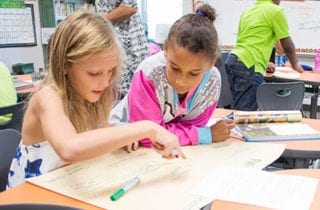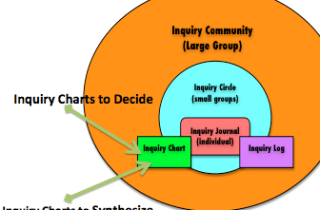In this webinar, Linda Dove, Director of Learning Experiences at MeTEOR Education, will help participants walk away with a clear and concrete understanding of RIGOR and a strategy to determine alignment of complexity to the student task resulting in High-Impact Learning Experiences within High-Impact Learning Environments.
Dr. Douglas Fisher, Professor of Educational Leadership at San Diego State University, presented in the webinar, “Rigorous Reading: Building Strength and Stamina,” sponsored by Achieve3000. The webinar explored building strength and stamina in students to improve reading at increased difficulty and complexity. Dr. Fisher began by defining the difference between difficulty and complexity, explaining that difficulty is the amount of effort a student must put into a given task, whereas complexity is the kind of thinking students must do for that task. It is fundamental that teachers maintain the balance between difficulty and complexity to foster an effective literacy program. They can do this by assigning their students many tasks that provide varied levels of each.
The challenge of meeting the requirements of increased rigor and depth can be impossible if we don’t create strategies to save time. How can we combine projects, practice, and prompts to achieve difficulty and complexity requirements simultaneously?
College & Career Readiness in a global economy has led to a new definition of what students need to know and be able to do. Those “College & Career Readiness Standards” – whether Common Core or TEKS – have key indicators of Rigor.
Have you been wondering how to increase the rigor within an inquiry approach? Inquiry learning is the premier way to accomplish the CCSS. But inquiry can seem like a very loose and open way to teach and learn.






